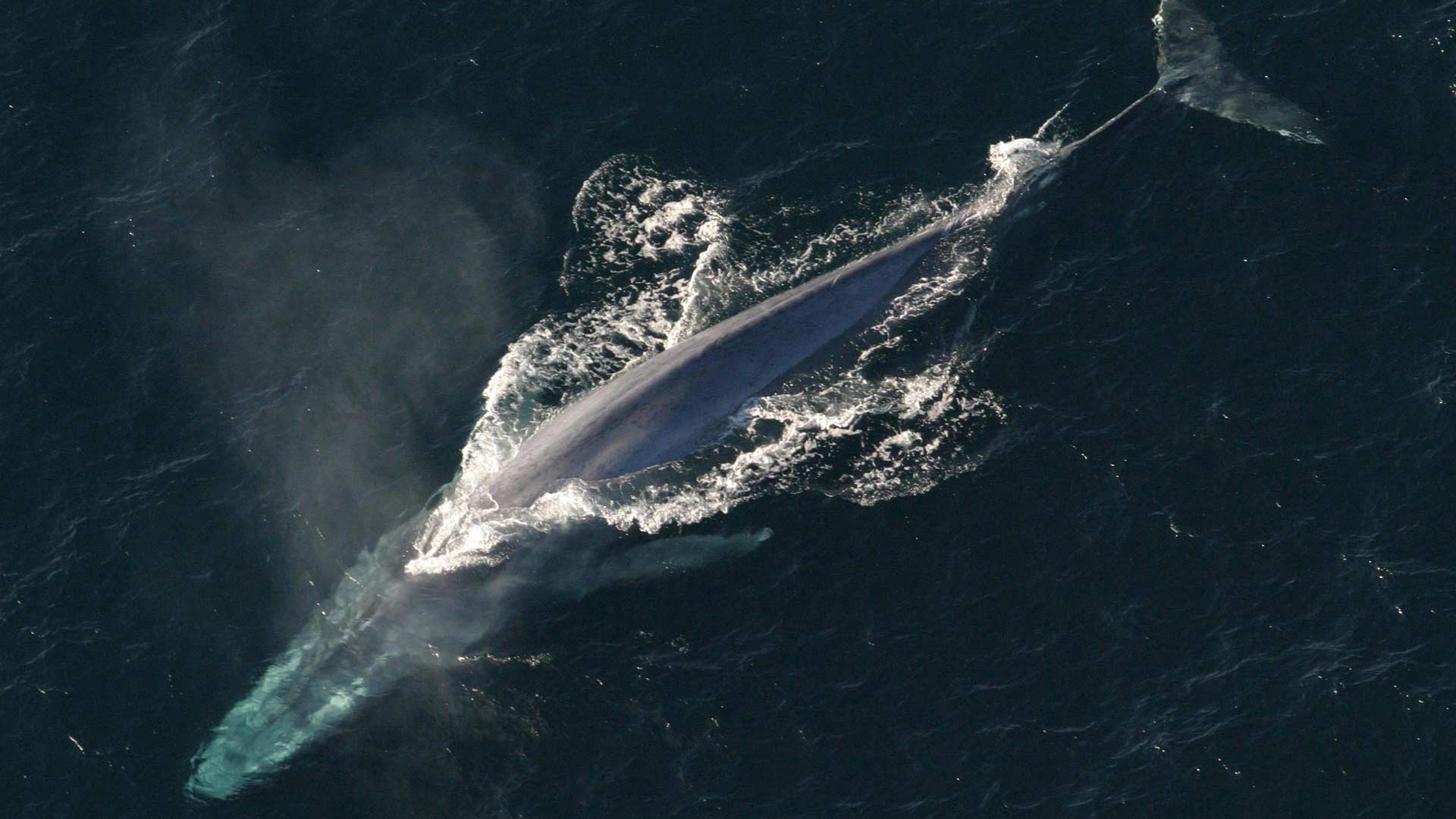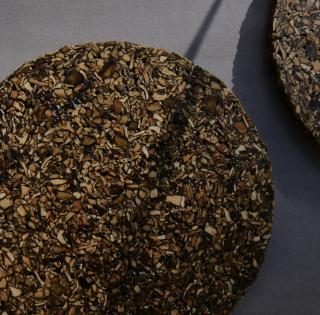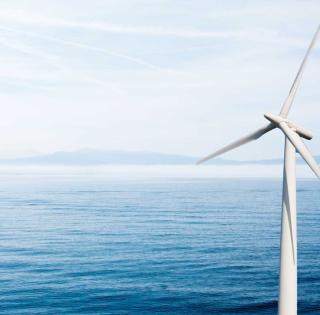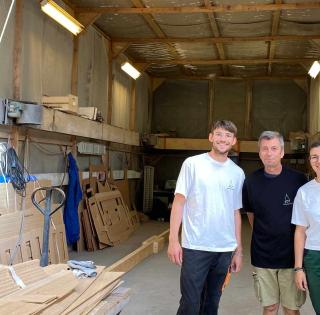
What line of work did you go into after graduating?
I began by working in the offshore sector at Technip in Paris, on hydrodynamic calculations. After two years, I joined the teams in charge of developing floating wind turbines. Technip was only just starting out in this field and I was interested in making a contribution. We worked on platform anchoring and turbine movement among other things.
After four and a half years, I applied to DCNS (which is now Naval Group) as it had an incubator dedicated to MRE projects. As a hydrodynamic manager, I worked on a demonstrator. These were the first MRE developments in France and it was a very exciting time.
Did you then decide to head abroad?
Yes, moving abroad was one of my goals. During my studies, I got to spend three months in Germany, but I was left feeling like this hadn’t been enough. An opportunity came up to work for Total in Norway. It was for a naval architect position – converting a tanker into an offshore platform.
This was a hugely rewarding experience in both professional and personal terms. Thanks to my expert role, I was able to work with an extensive network of connections and keep track of the project. I ended up working for 15 months in Norway on the project’s preparatory stages then nine months in Poland on the production (project) follow-up.
Was it at this time that you began to imagine a concept based on wave energy?
While I was in Norway, a colleague and I had been working on developing a wave energy converter concept. As a hydrodynamicist, I saw that this harbored two key possibilities: one, of generating electricity and, two, of propelling ships by kinematics.
At what point did the concept become a tangible project?
On my return to France, I devoted a year to the project’s technical development. Following those 12 months, I wanted to share my ideas, engage with the wider community and get feedback on my work.
I contacted two acquaintances including a researcher at Ifremer, the French National Institute for Ocean Science. He swiftly put me in touch with the Innovation Department, which was looking for project leaders at the time to support them.
Ifremer then confirmed that it was interested in my project and wanted to help me get it off the ground. That’s how, in July 2018, I signed an 18-month contract of employment with them, which meant I could benefit from assistance with my project and from their test facilities.
I was also able to make progress on the question of the market at this stage – i.e. who would use this technology. In the end, the propulsion of transport vessels struck as the most relevant application.
When did the startup BlueFins come about?
In 2020, when my fixed-term contract with Ifremer came to an end, I sought out and found the first private partner: Total Energie. The company has a fleet of tankers and, as a charterer, was trying to cut its fuel costs.
This was when I set up BlueFins and signed a tripartite agreement with Ifremer and Total Energies for a three-year period.
I also recruited an engineer who had previously worked for Ifremer and who had supported me during the project.
Why BlueFins?
“Fins” refers to whale fins: our system takes its cue from them, to recover wave energy for the purposes of propulsion. “Blue” for the blue economy and maritime aspect of the project.
What were BlueFins’ first projects and what are your objectives for the foreseeable future?
Under the agreement with Total Energie, we organized the work into several stages:
- In 2020, we worked on macro-studies to quantify the potential benefits of our system. We worked out that 20% energy consumption savings could be made.
- In 2021, we continued the developments, the aim being to perform tank tests on a reduced-scale prototype in 2022, then sea tests in 2023.
We hope to begin an initial series at the scale of transport vessels in 2024.










